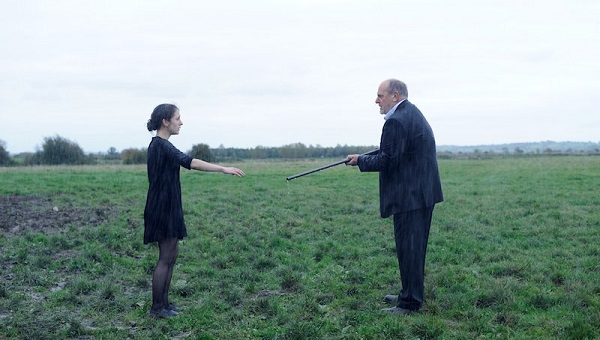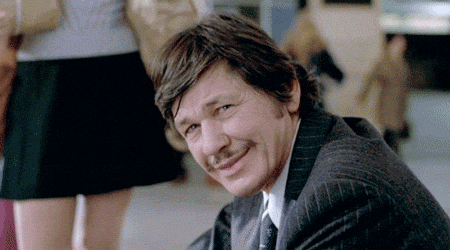awesome, looking forward to this.
dumping what I've seen in the past couple weeks:
Beauty and the Beast
The 90s cartoon is my favorite Disney animated film of all time, so naturally an almost 1:1 remake might at least be somewhat entertaining or passable right? NOPE. Holy shit, kudos to Disney and Bill Condon for managing to make 2 hours feel like 6. It takes a special kind of mediocrity and dullness to put this out. Emma Watson turns in a performance worthy of being on display at the front of a clothing store. Luke Evans as Gaston is the only moment of respite from this shit but even his musical number is a regression from the original.
Worst movie I saw all year (yeah, that guy ritchie King Arthur was even better than this). Now this wasteman is directing the Invisible Man remake next? yikes.
this gets 5

acspits out of 5. I feel like I'm being hyperbolic here but this don't deserve a less inflammatory response. stay away from it.
The Goonies
Richard Donner used to put out some dope crowd pleasers. The young cast is fun to watch interact. I only really know Feldman from his trainwreck public appearances, so rewatching this I'm surprised at how entertaining he was back in the day. That italian food order bit was great. The villains are fun in their incompetence. No doubt the movie is very much rooted in the 80s and could even be called dated I guess, but I think when it comes to these "kid crew" movies the interaction between the cast is >>> Super 8 and Stranger Things.
The only other movie in a similar vein that tops this imo is Attack the Block. Really looking forward to Cornish's next film.
Twin Peaks: The Return (Episodes 1 and 2)
GOD....DAMN. When the revival was announced I was very excited for new Twin Peaks but also a bit disappointed that what will likely be Lynch's last project is not a film.
But this premiere blew my expectations out the water, it feels like a culmination of his whole career. I got some Inland Empire, Blue Velvet, Mulholland Drive, Eraserhead. You can draw a line to all of his work in here. The editing and jumping around to different areas makes this almost feel like a series of vignettes at times. Not unlike Mulholland Drive's first hour. And the low-fi visual effects are goofy but also lead to some hella unsettling and scary images in here.
Those last 10 minutes of episode 2 are beautiful. The chromatics song perfectly sets the mood as you are welcomed back to a sense of familiarity after all that surreal fuckery. Hell they even managed to make me care about James in that moment.
18 hours of this?! It's like such a refined piece of work for him. If he retired with this I wouldn't mind judging by what we've gotten so far.



